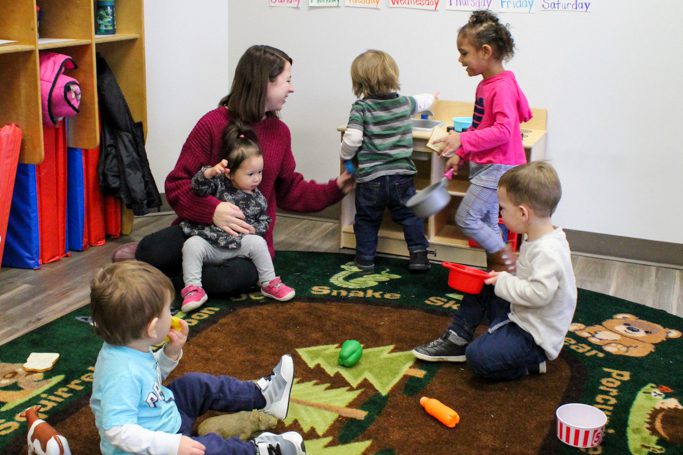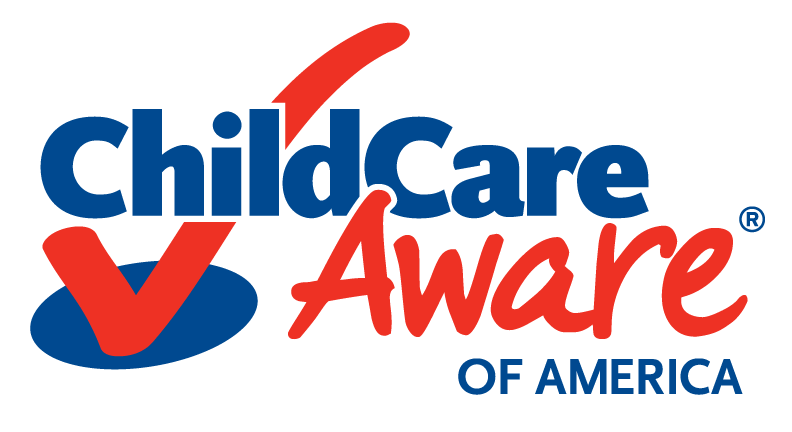

The coronavirus pandemic continues to highlight the vital role child care plays for millions of children and families, especially for those who work on the front lines of the crisis. Unfortunately, COVID-19 is also underscoring the precariousness of high-quality, affordable and accessible child care – the result of years of underinvestment in the system.
State policies play an important role in exacerbating or mitigating these factors.
While the pandemic reached states and local communities at different times in Spring 2020, by the end of March many governors released Executive Orders that took one of two approaches to address child care: (1) they allowed child care programs to remain open, or (2) they closed child care programs, except for those that provided emergency care to children of essential workers. Just one state — Rhode Island — suspended child care operations statewide. States have since enacted additional policies to help reduce the number of providers closing their doors and to support families in accessing child care as they are called back to work. However, many of these policies are temporary and are not expected to be extended as governors reopen states. There are notable exceptions. Strong state leaders in Illinois, New Mexico and Oregon prioritized child care during the pandemic and have enacted robust policies to support the system that other states should consider replicating.
This is blog post is part of a four-part series that takes a deeper look at statewide policies that have been enacted throughout the pandemic. (Read parts one, two or three.) As states are reopening, policymakers should consider implementing or permanently extending the policies outlined in this series to support child care. Stakeholders can use these blog posts to learn about creative solutions other states have enacted and advocate for the long-term adoption of similar solutions in their own states.
State actions regarding child care ratios and class sizes
Child Care Aware® of America’s (CCAoA) analysis of state policies finds that in order to reduce the risk of virus transmission, many states mandated or strongly encouraged child care providers to adhere to social distancing requirements.
{{cta(‘582cdac4-a2b5-4844-910e-8fa218205a68′,’justifycenter’)}}
*Table last updated on July 23, 2020
Information in CCAoA’s analysis was collected from guidance documents widely available on state agency websites throughout Spring 2020. Specifically, the analysis shows what policies existed around class size and child-to-provider ratios as of May 22, 2020, and what changes were made later in June and then in July as states began to reopen.
As of late May, at least 33 states required or urged class sizes to be kept at a maximum of 10 individuals, including staff and children, and/or reduced child-to-provider ratios. Twelve states and the District of Columbia did not provide publicly available guidance online regarding specific modifications to ratios and/or capping class size at ten individuals. The remaining five states implemented policies that fell outside of the dates information was collected or had greater allowances for class sizes reductions. Hawaii did not release initial guidance until May 26 but reverted to pre-COVID class sizes and ratios in early June. Utah initially capped class sizes at 10, but as of April 29 it had increased the maximum allowance to 20. Alabama and Indiana reduced class sizes but allowed for maximums up to 11 and 20, respectively. Rhode Island completely suspended child care operations until June. As of late June, states have generally gone three ways regarding ratios and class size policies as they entered initial reopening phases. These three policies include:
- Continuing to mandate or strongly encourage providers to maintain lowered ratios and a class size maximum of 10 individuals;
- Allowing child care providers to increase class size and/or ratios from initial policy changes, but not completely returning to pre-pandemic levels; or
- Permitting providers to return to pre-pandemic levels for both ratios and class sizes.
According to the federal Office of Child Care, research has shown that low child-to-provider ratios and small group sizes are linked with a lower risk of infection and rate of disease spread, which is critical to controlling the proliferation of the virus. As child care providers grapple with new regulations lowering class size and ratios to help maintain healthy and safe environments for children, some have simultaneously been hit with revenue losses and increased financial risk, as a recent Oregon study of providers reveal.
In fact, CCAoA recently surveyed more than 150 Child Care Resource and Referral (CCR&R) agencies about the impact of COVID-19 on providers and found that while the top concern they heard from parents was on health and safety of child care programs, 56% of CCR&Rs reported that providers in their region were concerned about the shrinking capacity of child care. Another 63% of CCR&Rs reported that they’ve had questions on how to receive federal financial support to stay open.
To address these financial concerns while also battling potential surges of the virus in the upcoming months, it is important that states allocate dedicated and adequate funding to providers in a time-sensitive manner. Child care providers need assurances in the event they must adjust class sizes and ratios, that they have the funding needed to retrofit classroom space or survive with a drop in revenue. Without additional funding, many child care providers are, or will be, closing permanently. This is a loss the country cannot afford as it begins its recovery efforts.
{{cta(‘634ac945-4235-42e3-8f86-13c26bb005bc’)}}


